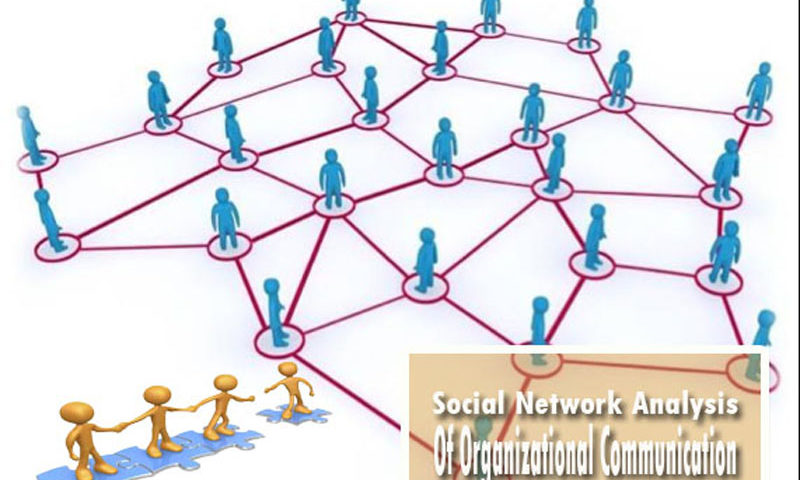Part 1, I and my colleague have spent a considerable amount of time discussing how the Business Professional can effectively use social network communications. During our discussions and research for new ideas, we came across a number of basic concepts and ENPS ( selected tools ). We believe that these concepts and tools can help improve the implementation of an effective business system as well as internal communications. We recently presented our findings at a state-wide safety conference and provided insights on what we found.
As an example of what may be encountered, you develop a site-specific and well-designed Management System (in Safety, Productivity, Human Resources, Quality, etc.) only to find that your efforts have stalled, been diluted in a short period of time, or during program reviews, or an audit uncovers pockets of resistance in the system. You then increase your efforts and try to enhance your effectiveness and meet with continued resistance. Okay, now what do you do next? Instead of increased efforts, a review and analysis of your internal social network may uncover where the resistance and obstacles reside.
Organizational Structure Defined
The question is: To whom, when, where, and how do we communicate effectively? We, as Business Professionals, face a myriad of organizational structures that create obstacles to developing a successful management system. These obstacles can include such areas as:
Multiple levels of management that lack continuity, due to a lack of communication between the levels of management. This reminds us of the old saying: “the right hand does not know what the left hand is doing.”
Company politics where everyone does their own thing believing that their way is the right way and do not listen to the professionals or each other.
Resistance to change, the old way has worked, why change?
Potential key players or potential supporters are not involved and missed the initial endeavor roll-out. Initiatives or roll-outs are often viewed as a negative, as new programs are put in place with little or no support devised for its deployment.
The importance of the roll-out is downplayed as not a high priority by various departments or individuals competing for scarce time, resources, and budget.
Organizational obstacles must be understood and dealt with effectively. As a Business Professional, one must learn how to adapt to meet these obstacles by designing strategies to overcome resistance to change, gaps in the support system or communication issues. While many tools and techniques must be considered and used as part of your communications tool kit, one interesting technique that appears to have promise is the use of Social Network Analysis.
Social Network Analysis
Social Network Analysis and its foundational concepts have been around for a long time but have not, in our opinion, been effectively used to the degree needed. Social Network Analysis applies to the inter-workings of an organization and assesses the quality of the communication links. Social Network Analysis certainly has not been used in the risk/safety process development to our knowledge.
In part 2, we will discuss how an effective Social Network Analysis can be used a way to assess and determine the quality and scope of individuals (from the production line employees to upper, management) as well as the organizational group interactions.
These interactions can be developed using mind mapping and other graphical techniques to display a variety of communication elements.

